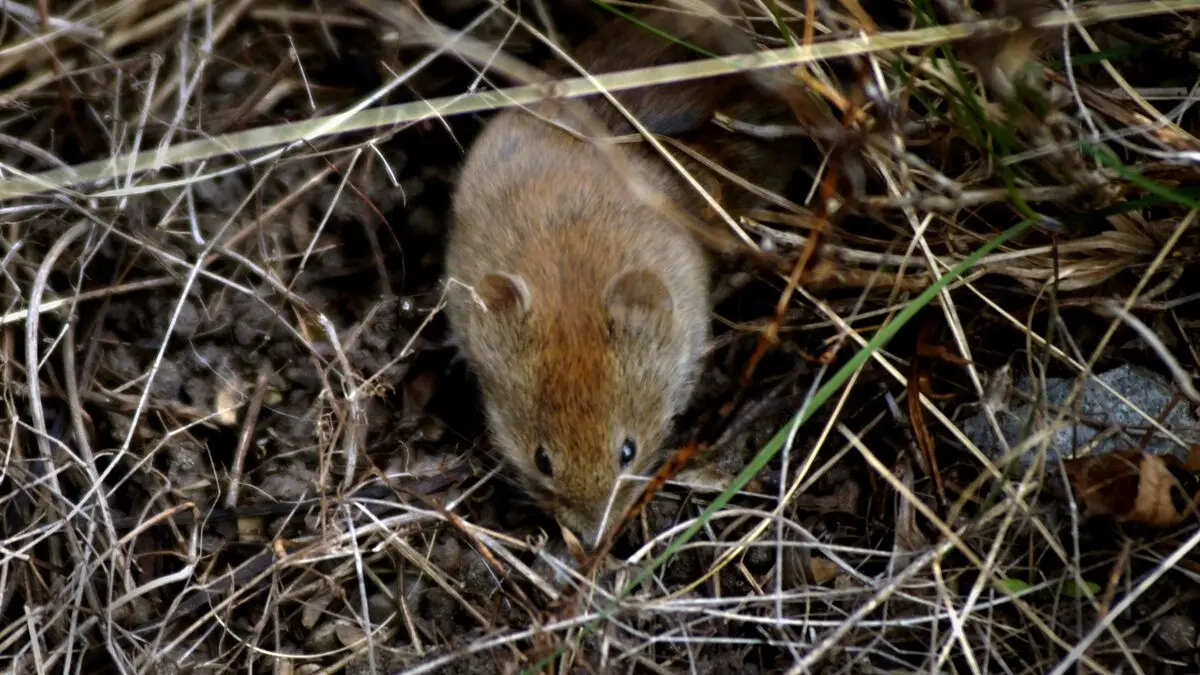The number of forest voles has increased significantly in northern Sweden, especially in Västerbotten, during the autumn. In addition, the wet and rainy weather has made the voles especially prone to moving indoors.
This increases the risk of dengue fever – an illness that can cause flu-like symptoms with high fever, headache, muscle aches and fatigue. The kidneys can be affected and sufferers may need to be treated in hospital.
About a month after the voles find their way in, people usually start to get sick, says Frauke Ecke, associate professor of landscape ecology at SLU and professor of ecology at the University of Helsinki.
“Exactly the same conditions”
SLU is therefore already issuing a warning, not least so that healthcare can increase its preparedness. Norrbotten, Västerbotten, Västernorrland and Jämtland are usually the worst affected.
Volvulitis is also common in the other regions north of the Dalälven River. Further south it is rarer, but can occur.
It is difficult to say how many people may be affected. The last major outbreak of vole fever in Sweden occurred 17 years ago, when more than 2,000 people became ill.
The conditions we see now, lots of voles combined with lots of rain, are exactly those that prevailed the winter that was followed by the largest known outbreak of vole fever in Sweden to date, says Frauke Ecke.
How to protect yourself
Vole fever is spread through the urine, saliva and feces of voles. If you come into contact with it or inhale dust containing the virus, you risk becoming infected.
If you have urine stains or rodent droppings in your home or garage, do not sweep or vacuum, as this can create dangerous dust. Instead, you should wet-wipe.
And most importantly: never touch a vole. If you have set a trap, use plastic gloves when emptying it.
If you don't have plastic gloves at home, you can take a regular plastic bag and grab the vole that way, in the same way you pick up dog poop.





